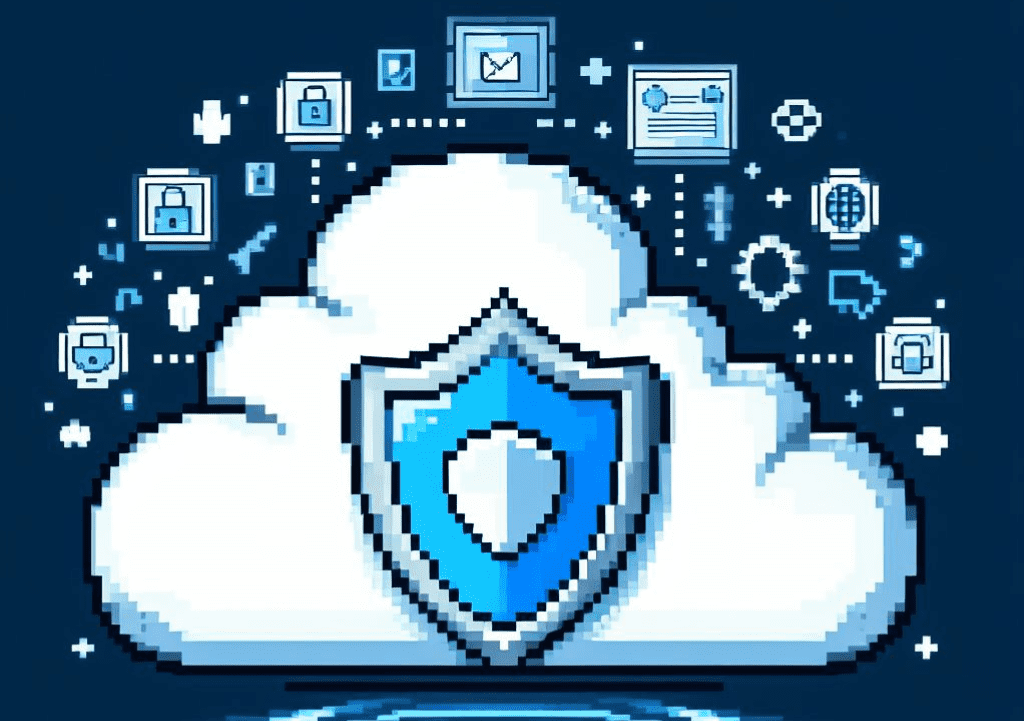
Introduction:
The digital transformation wave has ushered in a plethora of Software as a Service (SaaS) applications, offering businesses unparalleled convenience and efficiency. However, with this surge comes an array of security concerns. Snow Software’s SaaS Management Survey 2023 sheds light on the top security concerns IT leaders are grappling with and offers insights into navigating this complex landscape.
Top Security Concerns in SaaS:
The survey highlighted three primary applications that raised security concerns among IT decision-makers:
- Generative AI: With 23% of respondents expressing concern, Generative AI stands out as a significant security worry. The ability of these AI models to generate content can be exploited maliciously, leading to misinformation or data manipulation.
- Open Source Applications: Accounting for 19% of the concerns, open-source applications, while beneficial, can sometimes lack the rigorous security protocols of their proprietary counterparts. This can make them susceptible to vulnerabilities.
- File-sharing Applications: At 17%, file-sharing applications present a challenge due to the potential for data leaks, unauthorized access, and the spread of malware.
The Generative AI Dilemma:
A notable finding from the survey was that 57% of respondents would be alarmed if a SaaS vendor used generative AI in their technology without disclosing it. This underscores the need for transparency in the use of advanced technologies and the importance of informed decision-making.
Best Practices for Ensuring SaaS Security:
- Vendor Vetting: Before integrating a new SaaS application, conduct thorough research on the vendor. Check for security certifications, user reviews, and any history of security breaches.
- Regular Updates: Ensure that all SaaS applications are regularly updated. Vendors often release patches for known vulnerabilities, and staying updated is a primary defense against threats.
- Employee Training: Employees can be the first line of defense against security threats. Regular training sessions can equip them with the knowledge to identify and report suspicious activities.
- Two-Factor Authentication (2FA): Implement 2FA for all SaaS applications. This adds an additional layer of security, making unauthorized access more challenging.
Conclusion:
As the reliance on SaaS applications grows, so does the importance of their security. By understanding the top concerns and implementing best practices, businesses can confidently navigate the SaaS landscape, reaping its benefits while ensuring robust security.
Security in the SaaS world is an ever-evolving challenge. Stay ahead with expert guidance and support from SousFlow. Reach out to us today to fortify your SaaS environment and ensure you’re equipped to tackle any security challenge that comes your way.
